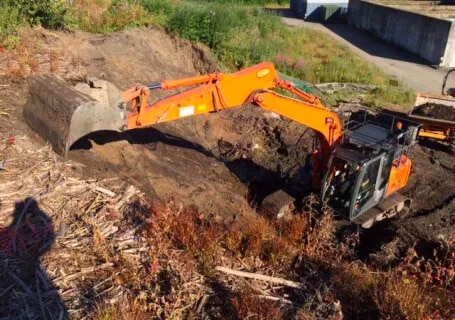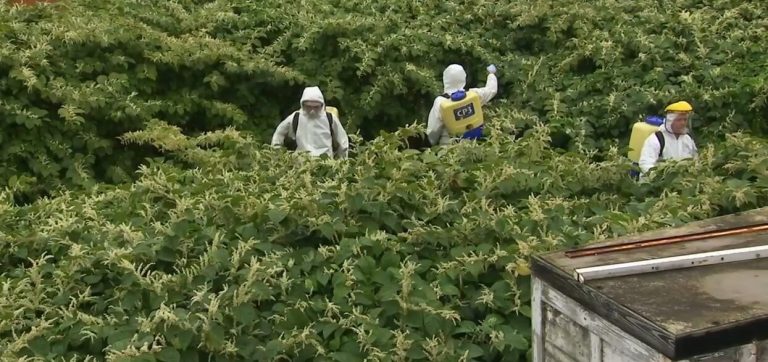Financial Implications of Japanese Knotweed


0161 723 2000
8AM to 5PM


Japanese knotweed (Fallopia japonica), originally native to East Asia, has become a significant problem in many parts of the UK. Introduced to the British Isles in the 19th century as an ornamental plant, its rapid growth and resilience have made it one of the most invasive species in the country. The presence of this plant can have profound financial implications for property owners, developers, and the environment.
The presence of Japanese knotweed can drastically reduce the value of a property. Potential buyers may retreat from purchasing a property where the plant has been identified due to the costs and effort associated with its removal. Furthermore, it’s not just the presence of the plant on the property itself that can affect value; even if the Knotweed is found on neighbouring land, it can still reduce the property’s desirability. The fear of its rapid spread and potential damage to building structures can make properties with Japanese knotweed a high-risk investment.
Many mortgage lenders in the UK are reluctant to provide loans for properties affected by Japanese knotweed unless it is undergoing a treatment plan. The perceived risks associated with the plant, such as its ability to damage foundations, walls, and drainage systems, make it a significant concern for lenders. Properties with even a minor infestation can face challenges in securing a mortgage.

The UK has implemented strict guidelines and laws around Japanese knotweed due to its invasive nature. The Environmental Protection Act 1990 classifies Japanese knotweed as ‘controlled waste,’ meaning its disposal must be at licensed landfill sites.
Homeowners can also face legal actions if they allow the weed to spread to neighbouring properties. Under the Anti-social Behaviour, Crime and Policing Act 2014, community protection notices can be issued against individuals or organisations not taking steps to prevent the spread of invasive species, including Japanese knotweed.

The eradication of Japanese knotweed is neither easy nor cheap. The rhizomes (underground roots) can spread extensively and can regrow from tiny fragments, making complete removal a challenging task.
Professional treatment often involves the use of specialised herbicides over several years. Even then, there’s no guarantee of total eradication. Costs will depend on the size of the infestation and the method of treatment.
Excavation is another method of removal, it requires removing a large amount of soil, sometimes several metres deep, to ensure all parts of the plant are removed. This method is more costly but does allow for the site to be developed on straight after removal.

Beyond the direct financial implications, there are broader costs to consider. Japanese knotweed can outcompete native species, leading to reduced biodiversity in affected areas. This can have a knock-on effect on local ecosystems, affecting species that rely on native plants for food or habitat.
The plant’s aggressive growth can also lead to soil erosion, particularly along riverbanks, which can result in increased flood risks and costs associated with flood prevention and mitigation.

Japanese knotweed presents a myriad of financial challenges, from direct costs of treatment to reduced property values. and increased insurance premiums. The broader environmental implications further compound these costs. As the UK continues to grapple with the invasive spread of this resilient plant, understanding and addressing its financial implications will remain a priority for homeowners and developers alike.